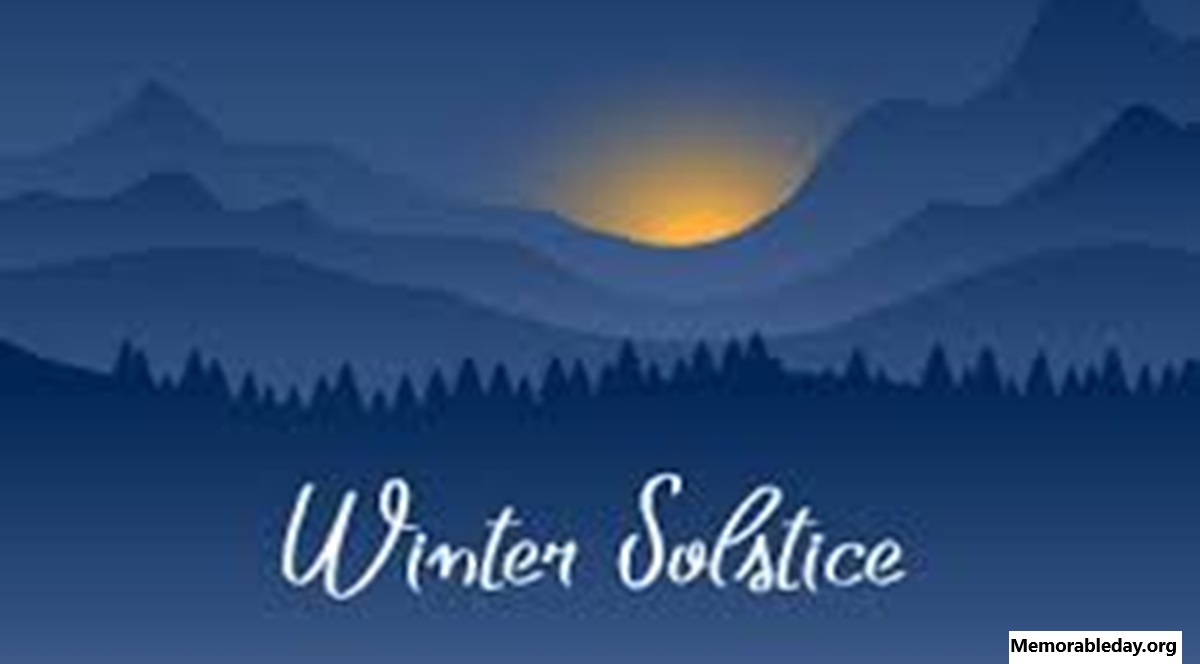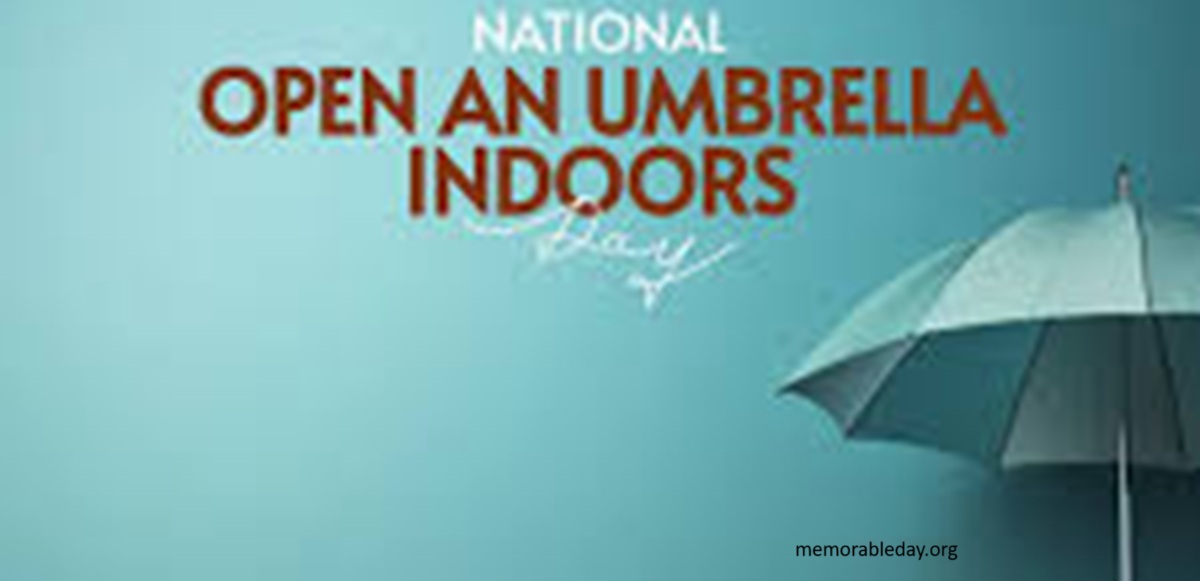
Winter Solstice, also known as the shortest day and longest night of the year, is a significant astronomical event that marks the transition into winter. Across different cultures and traditions, the solstice has been celebrated as a time of renewal, reflection, and festivities. As the sun appears at its lowest point in the sky, people gather to honor the changing seasons and welcome the gradual return of longer days.
History of Winter Solstice
The history of Winter Solstice dates back thousands of years, with ancient civilizations recognizing and celebrating this celestial occurrence. Stonehenge in England and Newgrange in Ireland are aligned with the solstice, indicating how early societies valued the event. Festivals such as Yule in Nordic traditions, Saturnalia in Ancient Rome, and Dongzhi in China all center around the solstice, emphasizing themes of light, renewal, and the cycles of nature.
When Is Winter Solstice Celebrated?
Winter Solstice is celebrated annually around December 21st or 22nd in the Northern Hemisphere. The date varies slightly due to Earth’s axial tilt and orbit around the sun. In the Southern Hemisphere, Winter Solstice occurs around June 20th or 21st.
How to Celebrate Winter Solstice
There are numerous ways to honor and celebrate the Winter Solstice, whether through traditional customs or personal rituals:
- Light Candles and Fires: Many cultures celebrate by lighting candles or bonfires to symbolize the return of the sun.
- Decorate with Evergreens: Evergreen trees and wreaths represent eternal life and hope during the darkest time of the year.
- Host a Feast: Gather friends and family for a festive meal to welcome the changing season.
- Reflect and Set Intentions: As a time of renewal, the solstice is perfect for setting intentions for the new year.
- Enjoy Nature: Take a walk outdoors to connect with the natural world and observe the shifting daylight.
- Practice Meditation and Yoga: Center yourself with mindfulness activities to embrace the solstice’s peaceful energy.
- Celebrate with Music and Storytelling: Honor ancient traditions by sharing myths, stories, and seasonal songs.
Why Is Winter Solstice Celebrated?
Winter Solstice is celebrated as a time of hope, transition, and renewal. Many traditions emphasize the solstice as a moment to acknowledge the darkness while looking forward to the return of light. It is a time to gather with loved ones, embrace warmth, and reflect on personal and spiritual growth. Across different cultures, the solstice embodies the connection between humanity and nature’s rhythms.
Celebrate Winter Solstice on December 21st
December 21st is the perfect opportunity to embrace the magic of the Winter Solstice. Whether you choose to engage in ancient traditions, set personal intentions, or simply appreciate the beauty of the season, this day holds deep significance. Take a moment to celebrate the transition from darkness to light and welcome the new cycle with gratitude and hope.
Winter Solstice Quotes
- “As the sun returns, so does hope and new beginnings.”
- “The darkest night leads to the brightest dawn.”
- “Winter Solstice is a time to reflect, renew, and embrace the light.”
- “In the heart of winter, we find the warmth of togetherness.”
- “Even the longest night will end, and the sun will rise again.”
- “Celebrate the stillness and the promise of brighter days ahead.”
- “Winter reminds us that rest is part of growth.”
- “Honor the cycles of nature, and you will find harmony within.”
- “From darkness comes light, and from endings, new beginnings.”
- “As the earth tilts, so do we, shifting toward renewal and change.”
Winter Solstice Wishes
- “Wishing you warmth and joy on this Winter Solstice.”
- “May the return of the sun bring you peace and prosperity.”
- “Embrace the season of rest and renewal—happy Winter Solstice!”
- “May this solstice light up your path with hope and happiness.”
- “Sending you solstice blessings filled with warmth and love.”
Winter Solstice Greetings
- “Happy Winter Solstice! Celebrate the return of the light.”
- “Wishing you a beautiful and peaceful solstice season.”
- “May this Winter Solstice bring balance and renewal to your life.”
- “Honor the past, embrace the present, and welcome the future this solstice.”
- “Let the solstice inspire you to shine brightly in the coming days.”
Winter Solstice Messages
- “On this solstice, let us welcome light, warmth, and hope into our hearts.”
- “May the longest night remind you of the beauty of the stars above.”
- “Celebrate the solstice as a time of reflection, gratitude, and joy.”
- “Let the rhythm of nature guide you through the cycles of change.”
- “Embrace the wisdom of the seasons and the power of renewal.”
Conclusion, Winter Solstice on December 21st is a profound moment of transition, marking the balance between darkness and light. It is a time to celebrate traditions, reconnect with nature, and embrace personal renewal. Whether you gather with loved ones, reflect on the past year, or simply enjoy the beauty of the season, the solstice offers a powerful reminder of nature’s cycles and the ever-present promise of brighter days ahead.
Winter Solstice FAQs
Q: What is Winter Solstice?
A: Winter Solstice is the shortest day and longest night of the year, marking the official start of winter.
Q: Why is Winter Solstice significant?
A: It signifies the return of longer daylight hours and has been celebrated by various cultures as a time of renewal and hope.
Q: How do different cultures celebrate Winter Solstice?
A: Traditions vary, including lighting fires, feasting, decorating with evergreens, and holding spiritual ceremonies.
Q: Can anyone celebrate Winter Solstice?
A: Absolutely! Winter Solstice is a universal event that invites everyone to honor nature’s cycles and embrace personal renewal.
Q: How can I set intentions on Winter Solstice?
A: Reflect on the past year, write down your goals, and focus on embracing positivity and change as the new cycle begins.






